The process of trying out new augmented reality and virtual reality hardware is as personal as it gets. Bottom line, if you can't directly try these immersive devices on, it's difficult to really understand the benefits they can bring to your life and work.
That's why the Covid-19 pandemic has presented a particularly tricky challenge to the many AR/VR hardware makers around the world looking to mainstream their products in a new world in which nearly everyone has, understandably, become a bit of germaphobe.
• Don't Miss: Microsoft Debuts HoloLens 2 Industrial Edition for Pharmaceutical & Semiconductor Enterprise Users
Meeting that challenge head-on is Cleanbox, a Nashville-based startup led by co-founder and CEO Amy Hedrick (a new member of the NR30). If you're wondering how the AR and VR industry intends on recovering from a year of not having public events and retail spaces to offer hardware demos, Cleanbox is one of the primary answers to any questions you might have in terms of safely engaging newly wary consumers in a mask-laden landscape that will take some time to return to "normal."
Adario Strange: I was really excited to profile you in our annual NR30 because what you're doing with Cleanbox is very unique to the new challenges inherent in the current pandemic. And I'm not ashamed to admit this publicly, but as a germaphobe, and specifically, as a journalist germaphobe, going to all the various conferences, whether it's CES, or AWE in Santa Clara, wherever I go, I'm always freaking out a little bit about trying on publicly used VR headsets and AR headsets. Because even if they're wiped down in between uses, the human face collects a lot of oil and bacteria, and dirt. So when I found out about your company, I was really excited. I'm pretty sure you started the company before all this pandemic madness we've been experiencing for the past year, so can you give me the brief story of how you got started?
Amy Hedrick: We started about six years ago, believing in the immersive technology industry and having a vision for how we could really impact not just entertainment experiences, but really education and engagement, and remote training and so many business applications. And when we looked at that, we thought about people sharing hardware that sits on your face and head that is very sensitive in terms of electronics and how it's built. There was a problem that we saw as a barrier to entry. And what we wanted to do was address the risk mitigation point of it, and do it in a way that was safe, that was easy, and that was consistent and reliable.
That's really where Cleanbox came from, having a vision for what XR could do, potentially for businesses and industries around the world, and then thinking about all the problems. Hygiene was one of them. The company started with that concept, but we've taken that proprietary engineering and we've really branched out far beyond XR, being able to solve additional B2B business problems that have to do with hygiene, and Covid-19 just happens to kind of highlight the importance of hygiene.
Next Reality: Earlier, you said you had the patent for the Cleanbox device about six years ago, but when did you actually release your first piece of hardware, your first product?
Hedrick: Our first commercial product was about two and a half years ago. We spent a couple of years really tweaking our engineering so that we could provide hospital-level [devices]. Also, notice that for our CX series all our cycle times are 60 seconds because we know that it's important for vendors to have high throughput. And secondarily, but equally important, you want to have the product look good and not conflict with your own branding. That's really what the look and feel of Cleanbox has been about as a trusted brand.
Next Reality: Were you already involved in the VR/AR space?
Hedrick: I have a background on the entertainment side of things. My co-founder (David Georgeson), our CTO, worked in gaming and I worked in film. Because of that, we had a very high sensitivity to what the entertainment process gives the end-user in a way that they will adopt quickly, that they will love, and they will want to redo time and time again.
Our friends at @blackbox_vr are now open in SIX locations across the country! #Cleanbox is thrilled to have partnered with the leader in #VR fitness and to have helped them become the safest gym during the pandemic. Check them out at https://t.co/WR8nvSaYRj #SmartTechHygiene pic.twitter.com/XQwwWMHIZi
Several years ago, I was writing for a Hong Kong-based think tank about changes to technology, and how they were going to be good enough to influence global consumer behavior and influence the way businesses approach their own products. So I had a relationship with the Smithsonian Institution in DC, and I had this idea… I thought immersion technology would be a brilliant answer to sharing their 155 million objects of content. It started there. When Cleanbox was developed, it was one of many patents that my co-founder and I filed. It was a solution to a problem that honestly didn't really fully exist yet.
Next Reality: With AR you have all these different solutions, waveguides, etc., the lens executions are treated in various ways. So when I found out about Cleanbox my first question was whether its cleaning process would somehow modify or change, even in subtle ways, some of the lenses and how they operate?
Hedrick: We've tested with several of the top three HMD manufacturers, both on the VR and AR side. And we do have some anonymized, wet lab testing results that we have on our website, with a collaborative white paper on UVC [aka Ultraviolet C, a type of ultraviolet light] hygiene. The thing that makes it so effective at decontamination is that it doesn't exist naturally in the atmosphere. So what it does is it disrupts the DNA and RNA strands of contagions. But it's a very short wavelength of light, and it has a short rate of impact. So because of that, it's actually fairly safe for use. So the way that we do it is for the maximum impact, in terms of killing contagions, and in the safest way possible. That's a long way of saying it [the Cleanbox process] doesn't impact these special lenses or electronics.
Next Reality: Everyone is concerned about germs even more now. But there are no events. So I'm just curious like how you and your team have navigated this situation where we need your product, but the volume of events and public-facing opportunities to demo what you're doing is kind of limited now because of the pandemic?
Hedrick: You're right, there aren't a lot of [events right now]. But that has not impacted our business. And I think in that sense, we're fortunate. And that's because we work in multiple industries, from government to aerospace, to manufacturing, to entertainment, to healthcare. We're very active in all of those spaces, and there are use cases of virtual and augmented reality in each of those spaces. Now, they might not be as publicly apparent, because some of those organizations don't necessarily share their data. I would say, without patting ourselves on the back too much, we've actually helped keep a lot of these training programs for enterprise alive during Covid-19. For example, there's a hospital in California that never stopped their virtual reality management program, and they have treated over 1,000 patients this past summer, during peak Covid-19 time. Using Cleanbox, they were able to safely do it. And that makes me really happy.
Next Reality: Again, just for my own germaphobe concerns, let's say I'm at a conference, right? And some sweaty, greasy guy puts on a HoloLens 2, and then he takes it off. And then the display person pops it into a Cleanbox device and runs it through the 60-second cleaning process. When they take it out, do they still have to wipe it down? I'm assuming you have to still wipe down the oil and grease and moisture and all that stuff, right?
Hedrick: That's a great question because there's a second component to our products that we provide, which is a textile nano-coating. It's a hydrophobic water-based spray that you can spray on—a one-time thing, once every six months—on any kind of soft textiles that are on the headset. So if you have foam or Velcro, for example, or any kind of fabric, you can actually spray it down and that makes it hydrophobic. What that does is of course is keep the moisture at the surface of that soft material, and make it that much easier to dry. Also, our CX series has an internal fan system that continues to blow any sort of moisture that might be sitting at the top of that headset, and it lets you know when it evaporates. We actually work with Black Box VR, which is a virtual gym. They use our products as well with the nano-coating.
Next Reality: Okay, so now let's get to the virus that's on everyone's mind: Covid-19. Did your team specifically go through Covid-19 testing to make sure Cleanbox works to combat this virus on devices?
Hedrick: We did our own Covid-19 testing ourselves. It's not easy to find a lab that could actually test for us, because if you want to actually test against SARS-CoV-2, that requires a biohazard level three laboratory, not a level two or one. So you have to go to a BL (biosafety lab) three and above. We were fortunate enough to be able to get into a BL three lab, where they had SARS-CoV-2, we submitted a couple of our products, we did testing against it, and we did it on N95 masks. And we did it on a couple of things, a regular flat surface, as well as multiple layers of N95 masks, both were inoculated with the virus, they were tested according to the protocol that was in place, and then they were evaluated afterward. And that's why we can confidently say, yes, we know that UVC light can kill a number of contaminants based on a number of factors, but we know that our Cleanbox engineering kills Covid-19 on surfaces, and textiles, and multiple layers of masks.
Next Reality: As someone who works with a lot of these AR and VR headset companies, my assumption is that, to some degree, you're working in tandem with at least some of them to adhere to their specifications and their needs. Have you seen anything interesting on the horizon?
Hedrick: We do work closely with a lot of these companies, and I don't want to get in trouble with any of them for those reasons. But that being said, let's go back to one of your original questions: Why did I get into this in the first place? Why? Because I saw that the ability of XR was finally catching up to the promise. And I continue to see that. So I am very excited about what I'm going to see in my new home with my next AR headset, and my next VR headset.
UPDATE: You can listen to the full conversation, which was originally held on Clubhouse, on Youtube.
Just updated your iPhone? You'll find new emoji, enhanced security, podcast transcripts, Apple Cash virtual numbers, and other useful features. There are even new additions hidden within Safari. Find out what's new and changed on your iPhone with the iOS 17.4 update.
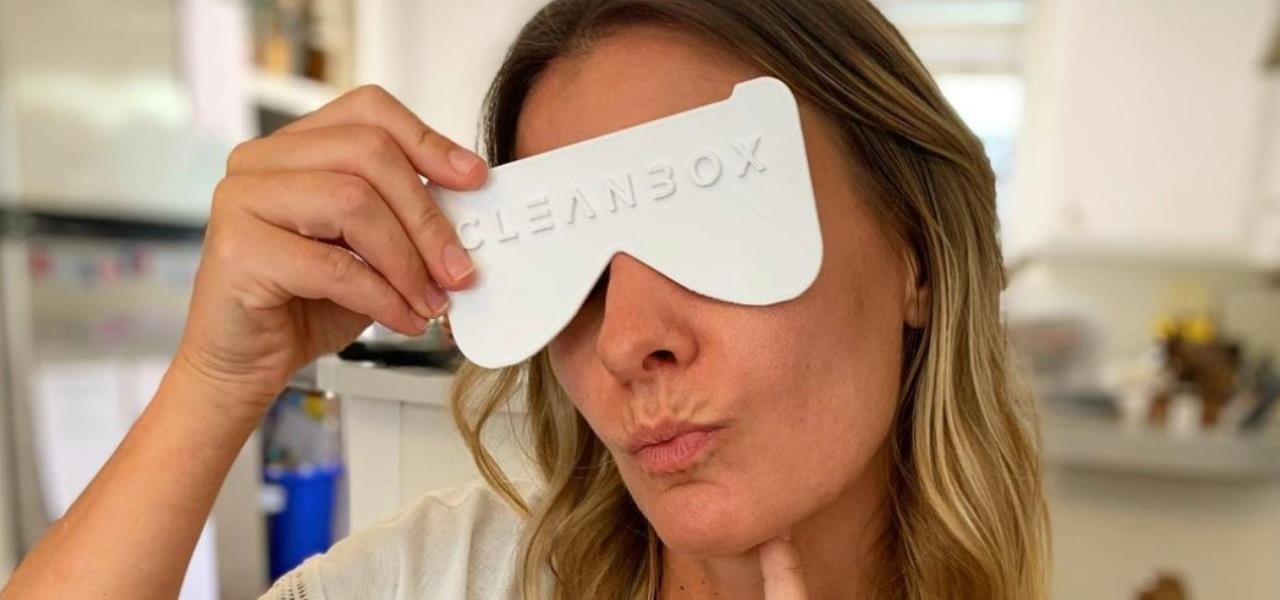


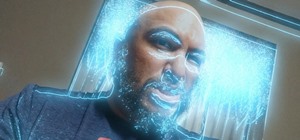
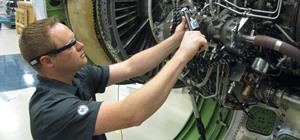

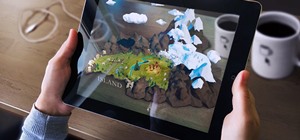


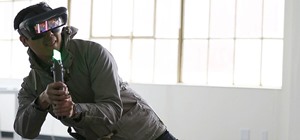
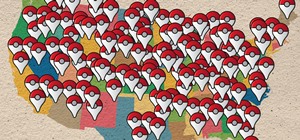
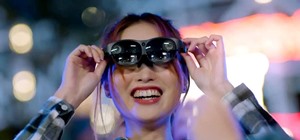



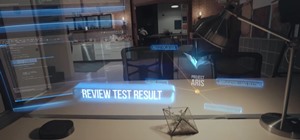

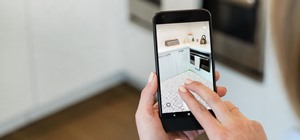
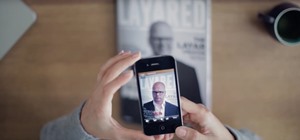

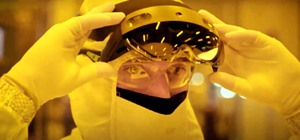


Be the First to Comment
Share Your Thoughts